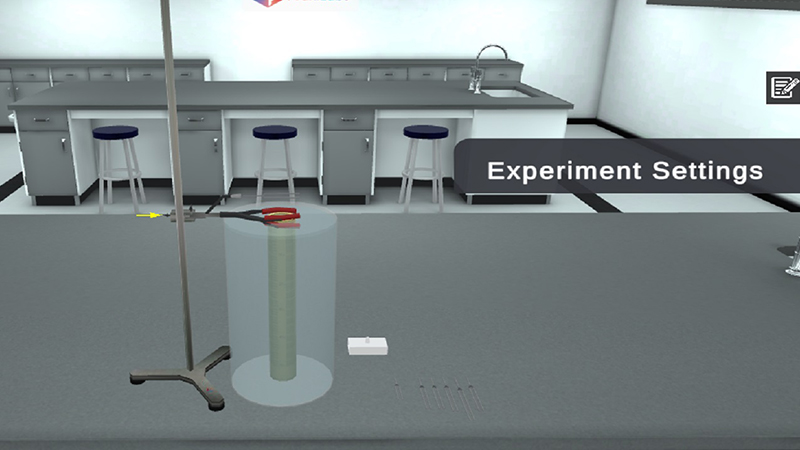If standing waves are generated in tubes closed at one end by the water surface, using a tuning fork, they will be reflected off the water surface. Superposition between waves incident on the water surface and those reflected from it will produce a standing wave. Resonance occurs at a certain position where the frequency of the standing wave (air column) within the tube is equal to the frequency of the tuning fork. Relating the frequency of the fork to the resonating length of the air-column will enable us to calculate the speed of sound in air at room temperature.



















